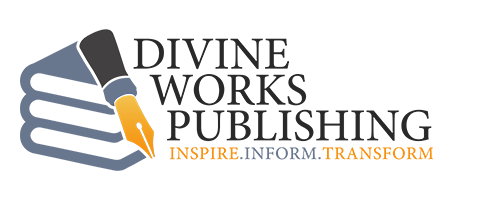Understanding Distribution Royalties: Maximizing Your Book’s Reach and Profitability

As an author, understanding how distribution royalties work can help you make informed decisions about your book’s sales strategy. While direct sales offer the highest profit margins, distribution through retailers allows you to reach a much broader audience. This trade-off is essential to grasp as you navigate your publishing journey.
How Distribution Royalties Work
When you sell books through retail distribution, the revenue breakdown differs significantly from direct sales. Here’s why:
- Retailer Discounts: To list your book on major platforms (such as Amazon, Barnes & Noble, and other bookstores), retailers require a discounted wholesale price. This means they purchase your book at a lower cost than the retail price to make a profit when they sell it.
- Printing, Shipping, and Distribution Costs: Unlike direct sales, where you purchase books upfront and sell them at full price, distribution sales involve behind-the-scenes costs. These include the cost of goods sold (COGS), which covers printing, shipping, and distribution. The publisher absorbs these costs upfront, meaning there are no out-of-pocket expenses for the author.
- Royalty Breakdown: After deducting these costs, the remaining net sale amount is split between the author and the publisher. In our model, authors receive 60% of the net revenue, while the publisher retains 40% for handling distribution, order fulfillment, and administrative tasks.
Why Opt for Distribution Sales?
Despite receiving a smaller percentage per sale compared to direct sales, distribution offers several key advantages that make it an essential component of an author’s success strategy:
1. Increased Audience Reach
Retail distribution places your book in front of a vast readership, giving you exposure to potential buyers worldwide. While direct sales rely on your marketing efforts, retail listings ensure that your book is discoverable by customers actively searching for similar titles.
2. Hands-Free Order Fulfillment
One of the biggest benefits of distribution is that everything—from order processing to fulfillment—is handled for you. When a customer purchases your book through a retailer, the entire transaction is automated. This eliminates the need for you to store inventory, process orders, or handle shipping logistics.
3. Hassle-Free Returns & Refunds
Managing refunds and returns can be time-consuming, especially if you’re selling books independently. Through distribution, returns and refunds are handled on the backend, sparing you from administrative work. This allows you to focus on what matters most—writing and promoting your book.
Striking a Balance Between Direct and Distribution Sales
To maximize profitability, many successful authors use a hybrid sales strategy—leveraging direct sales for higher profits while utilizing distribution for greater exposure. This approach allows you to generate revenue from both channels while ensuring your book reaches as many readers as possible.
Final Thoughts
By incorporating both strategies into your sales plan, you can enjoy the best of both worlds—maximizing profits while expanding your readership.
If you’re ready to take advantage of distribution for your book, let’s get started! Your story deserves to be seen, shared, and sold across multiple platforms.

